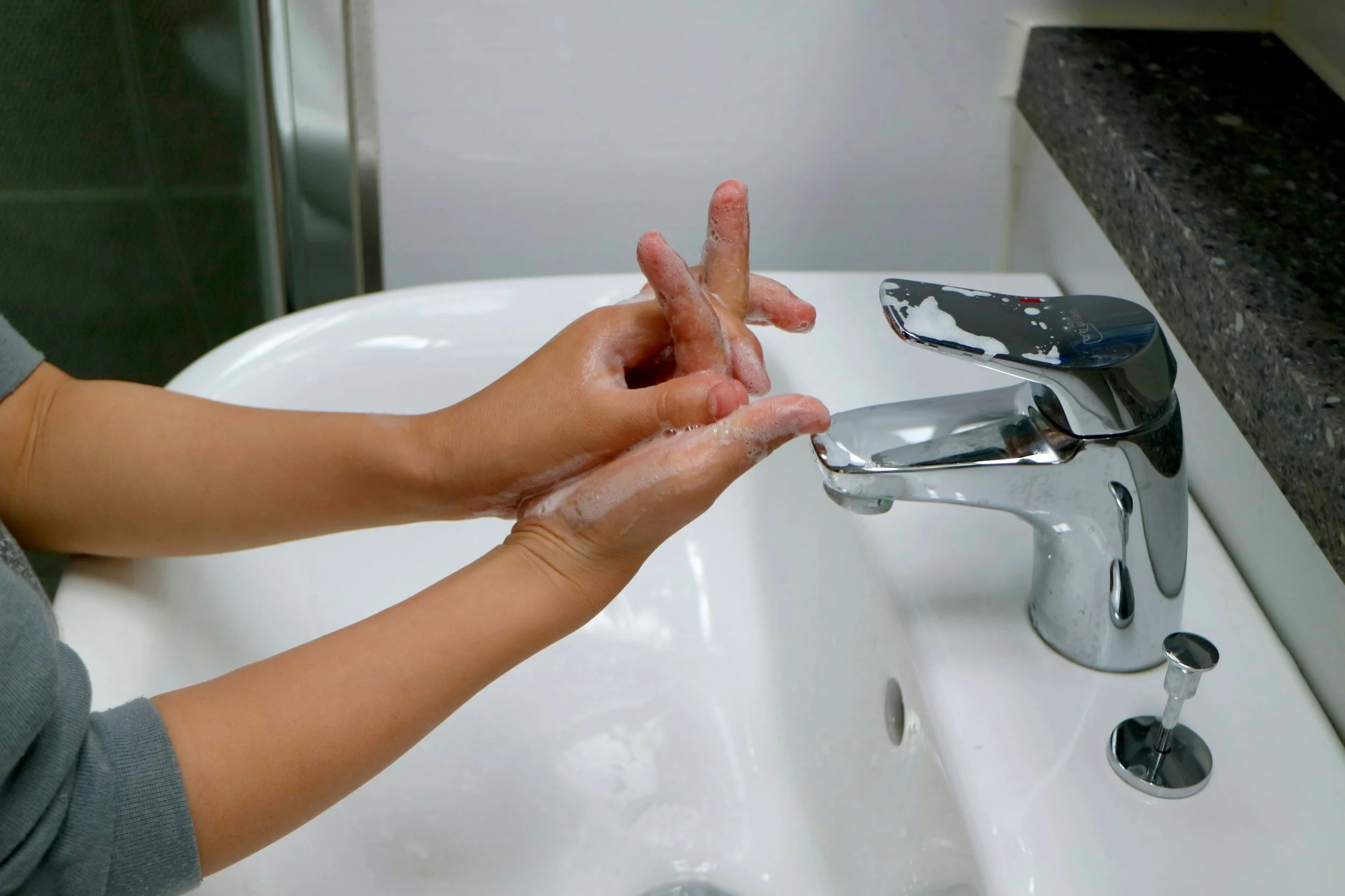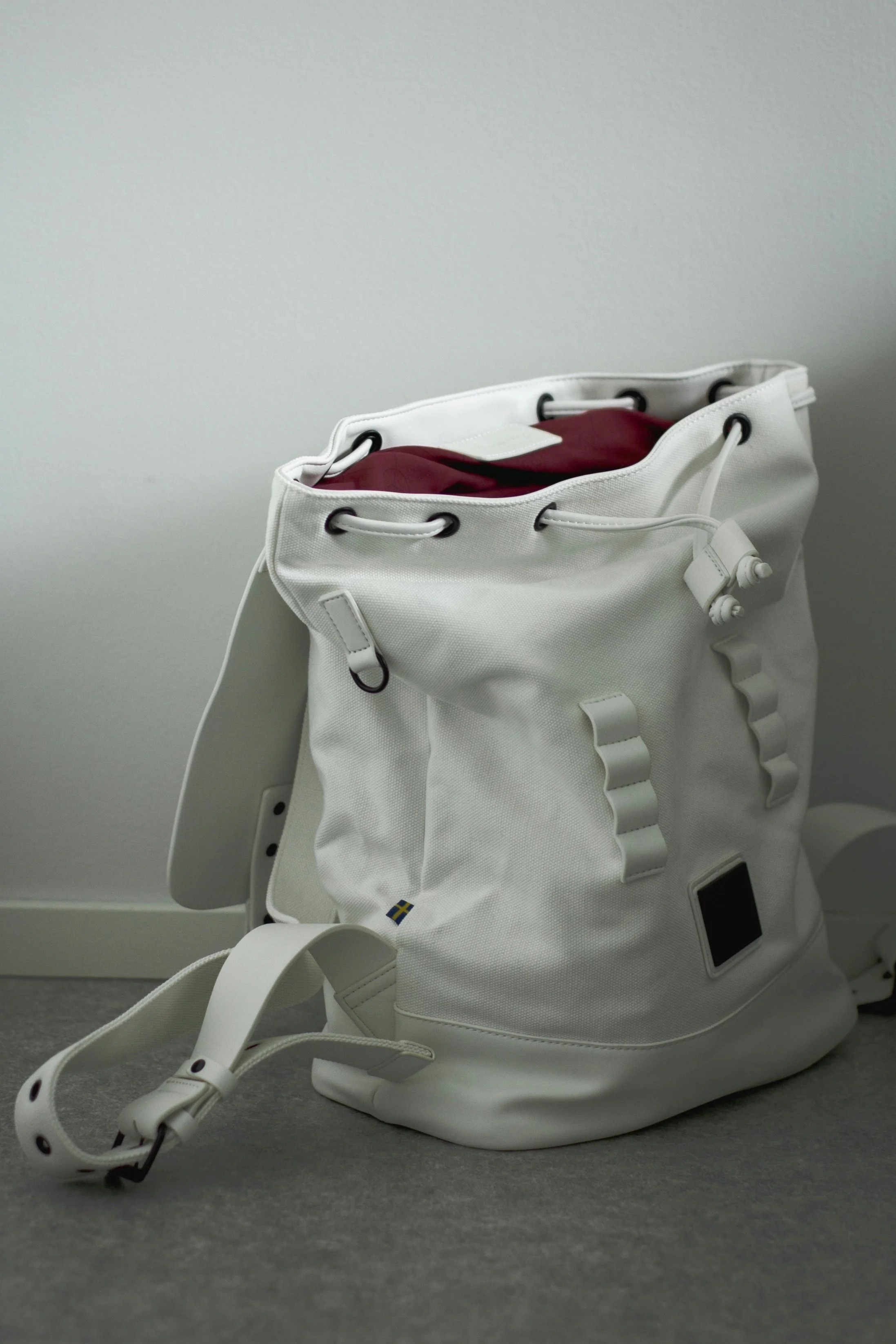
Obsessions are unwanted thoughts, images, or urges that ‘intrude’ into people’s minds. These intrusions can be repeated and persistent, and feel scary, unacceptable, and anxiety-provoking.
Compulsions are the things people do in response to the obsessions. These can be actions, rituals, or behaviours that can be observed by others, or within their minds (e.g., counting numbers to themselves).
Some behaviours we might notice in our children/young people could include:
Repeated checking. For example, repeatedly checking if they have closed the door, turned off the taps, or packed their bags.
Washing and cleaning. For example, washing their hands repeatedly, excessive washing or grooming, or cleaning the room excessively. Some children/young people avoid going to the toilet in school.
Mental compulsions. They might look distracted in the classroom if they are engaging in behaviours such as praying to prevent harm, counting to end on a ‘good’ number, or trying to come up with a ‘good’ image to cancel a ‘bad’ one.
“It can feel very overwhelming to support a child with OCD, and families are often roped into the OCD rituals themselves.”
Of the various avenues of support available, cognitive behavioural therapy (with exposure and response prevention; CBT ERP) is one evidence-based treatment that has been found to be very helpful for people struggling with OCD.
This treatment helps individuals to identify what keeps the cycle of OCD going and what we can do to interrupt it. This will involve making active steps to do things differently, and will likely include relevant adults involved in the care of the child/young person.


